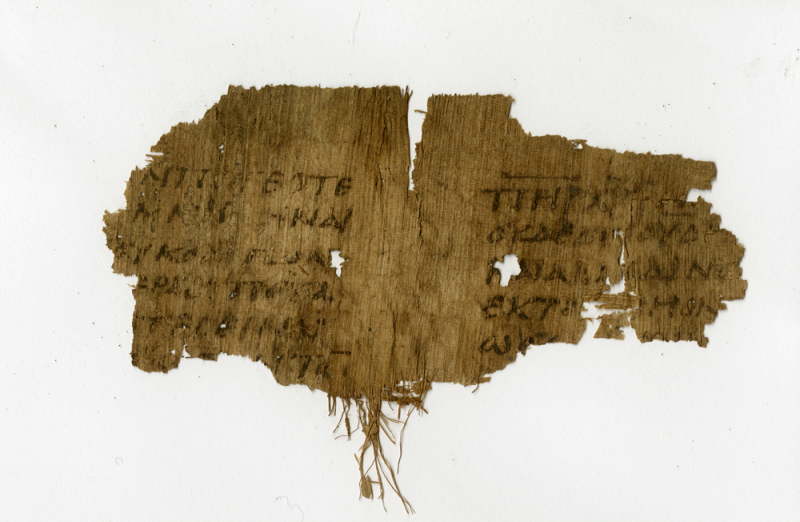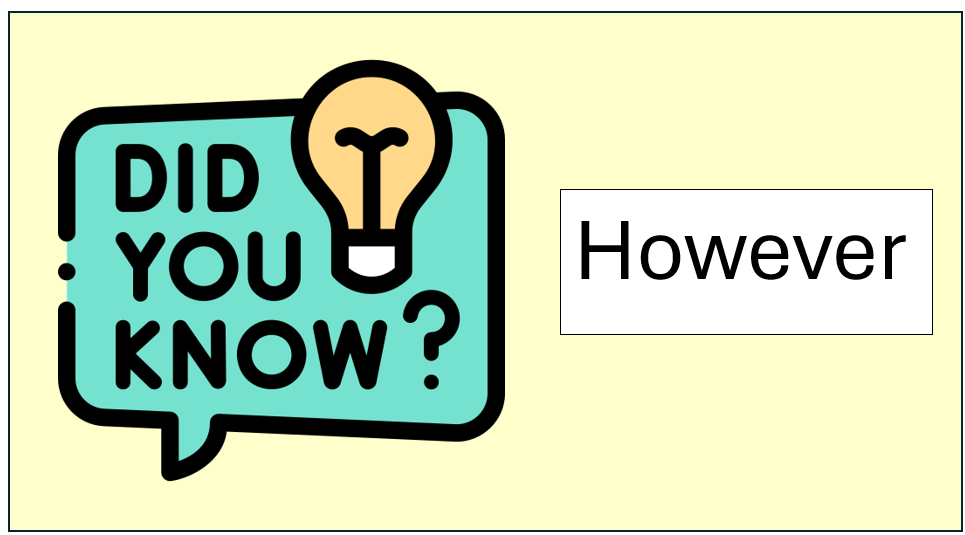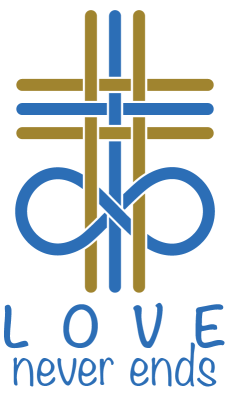
August 28, 2024
A Statutory Reading of the Nicene Creed – Part 2

Fragment of a fifth-century papyrus codex containing the Nicene Creed. Courtesy of the Egypt Exploration Society. Photographer: Daniela Colomo.
Continuing from last week, we are looking at the legislative history of the Nicene Creed to better understand its meaning with respect to the Holy Spirit.
We looked at reports on the issues resolved by the First Council of Nicaea, meeting in 325. This was the first ecumenical council of all of the believers of the Christian church which met in the ancient city of Nicaea, Turkey to resolve outstanding issues. It was called by the emperor Constantine I, who presided over the opening session and took part in the discussions.
The following is an oversimplification of the issues and activities associated with the governance of the Roman Empire, especially the debate or conflict among individual bishops and or parties having or hoping to achieve power and have their positions adopted and unified in the church throughout the Empire. It contains extensive quotes from Britannica.
Christianity and the Roman Emperor
Roman Emperor Constantine I and Christianity, what was that all about?
Constantine I was a Roman Emperor of the Western portion of the Empire, actually co-emperor with the emperor of the Eastern portion around the time of the Council of Nicaea. We know that prior to Constantine’s rule, there were persecutions of Christians throughout the Roman Empire. What event led to the conversion of Constantine? The Battle of Milvian Bridge, near Rome, in 312 led directly to Constantine’s conversion. Prior to the battle, it is said that he prayed to the Christian God and saw a Chi Rho, and the words “in hoc signo vinces,” or “by this sign, conquer.” He credited his victory to the Christian God. He now believed that the Christian God was the most powerful of all of the gods.
Because of this belief, during his rule in 313, he issued the Edict of Milan which granted religious liberty to practice Christianity. This was an important change of policy for the Roman Empire. The edict ceased the persecution of Christianity, granted legal recognition to the faith, and restored seized property to its practitioners. Even though Judaism had legal status in the Romain Empire, Christianity which stems from Judaism did not.
By that time, the number of Christians had proliferated through the earlier teachings of the Apostles, especially through Paul’s travels and teachings throughout the extensive Roman Empire. (At one time it was said that a quarter of the world’s population was in the Roman Empire.) Paul’s teachings of the faith were less restrictive with respect to the applicable Jewish rules and more and more gentiles were converted, especially among those within the Roman Empire but outside of Roman’s structured society. From my perspective, this is an example of where culture modifies religious rules to gain converts such as the Gentiles. It almost seems axiomatic that culture and society change the requirements of a religion for the religion to gain access and acceptance by the culture, as evident by the diverse religions and denominations of Christianity.
This flexibility ultimately led to the expansion of the separate religion of Christianity, by then not a unified religion, at the time of the rule of Constantine I. Moreover, by 380, the emperor Theodosius issued the Edict of Thessalonica, which made Christianity, specifically Nicene Christianity, the official religion of the Roman Empire. Most other Christian sects were deemed heretical, lost their legal status, and had their properties confiscated by the Roman state.
The Council of Nicaea
In calling the council Constantine I hoped a general council of the church would solve the problem created in the Eastern church by Arianism, an alleged heresy first proposed by Arius of Alexandria that affirmed that Christ is not divine but a created being. Over 300 bishops, each with additional accompanying priests and staff attended the Council. They came from across the Roman Empire, from as far away as Persia and Spain, convened to debate the nature of Christ and to achieve consensus on foundational Christian doctrine, among which was the exact day for Easter. There was clearly a schism developing between the Eastern and Western branches of Christianity. One example of this is evident from the fact that both Greek and Latin were the official languages of the Council.
The Creed is Issued
The main theological figures involved in the Council of Nicaea were Arius and Athanasius of Alexandria. The dispute between these two figures concentrated on the nature of Jesus Christ, with Arius claiming that Jesus Christ was not entirely divine and Athanasius believing that he was. Arius taught that Christ was a created being and was not of the same essence or substance (heteroousios) of the Father. It was the Athanasius faction that prevailed, and the Council adopted the position that the Son was taken to have exactly the same essence as the Father in the Trinity. While a Creed was issued, it did not entirely settle the issues with the various factions. These differences continued over time which included not only religious issues but the political issues and power struggles among the bishops and their respective cities. Moreover, it did not answer my question with respect to ‘… proceeds from …” with respect to the Holy Ghost and I had to turn to the subsequent Council of Constantinople in 380 for my answer which will be discussed in the next message.

The Episcopal Diocese of Virginia has “council” every year. Last year there were 377 lay and clerical delegates attending the annual convention of the Diocese of Virginia to discuss issues before the church and make resolutions. Each congregation sends its clergy and lay delegate(s) depending on the number of members in the congregation, to convention to vote on issues before the convention.
- Do you know who your lay delegate at Epiphany is?
- Do you know how she or he voted on the issues?
- Do you know the lay and clergy delegates from the same parish do not have to vote the same way?
In addition, the national legislative body of the Episcopal Church consists of a House of Bishops, which includes all active and retired bishops, and a House of Deputies, which includes four lay persons and four clergy from each diocese, each area mission, and the Convocation of the American Churches in Europe.
The Convention meets every three years. The Houses meet and act separately, and both must concur to adopt legislation. The General Convention alone has the authority to amend the Prayer Book and the church’s Constitution, to amend the canons (laws) of the church, and to determine the program and budget of the General Convention, including the missionary, educational, and social programs it authorizes.
A majority of bishops may request the Presiding Bishop to call a Special General Convention. Special General Conventions met in 1821 and in 1969. The General Convention elects twenty of the forty members of the Executive Council, which administers policy and programs between the triennial meetings of the General Convention.

Do you have any questions for the Camel? Questions about God, or Jesus, or the Church? About how to be Christian? Submit them via email to clergy@epiphanyec.org. Your name will be kept anonymous.
And a response will show up in a future Hump Day Message!
Thank you to everyone who participated in this year’s mid-year check-in to hear about how we are doing at Epiphany!



